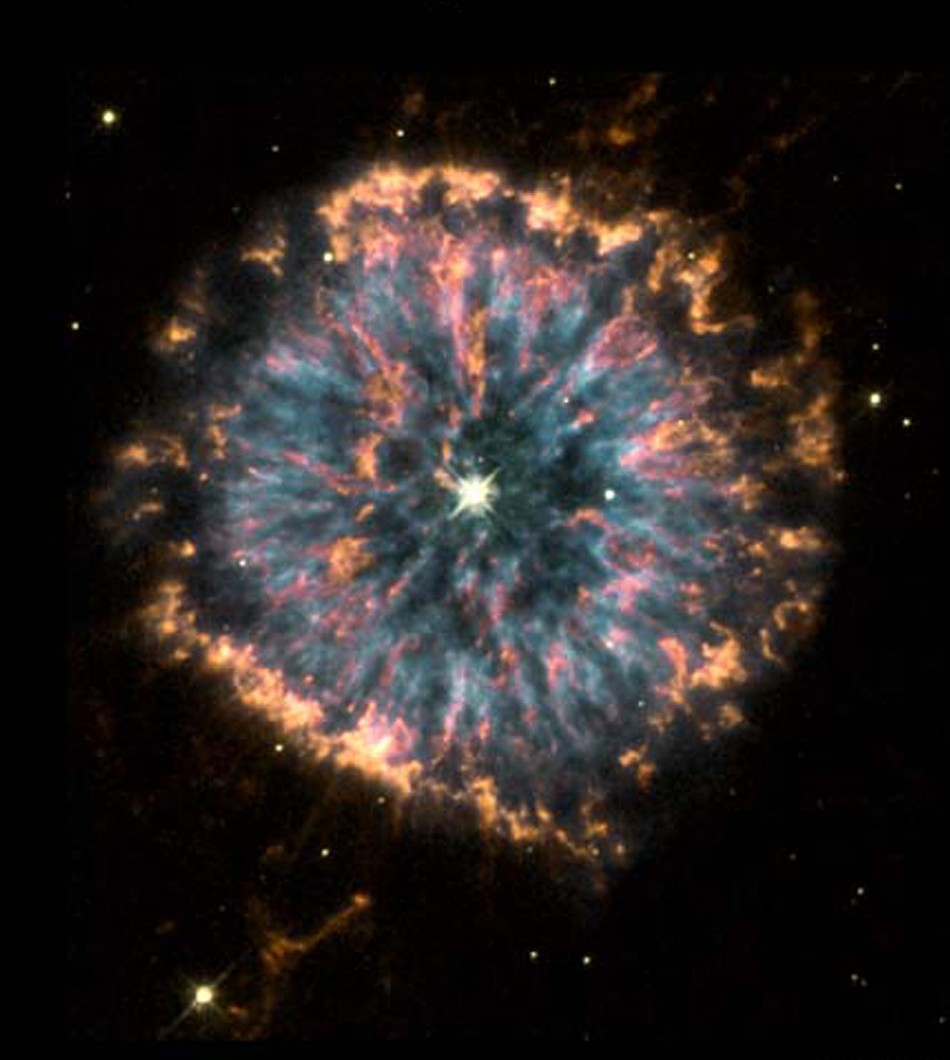Hubble Turns 22: Top 10 Cosmic Images Taken by NASA’s Iconic Telescope [SLIDESHOW]


The Hubble Space Telescope marked 22 years in orbit, on Tuesday, 24 April. On the occasion, NASA released a dramatic new image of the star-forming region 30 Doradus, as captured by Hubble.
The region 30 Doradus, also known as the Tarantula Nebula because of its glowing filaments resembling spider legs, is the brightest star-forming region near the Milky Way. The region is located in a neighboring galaxy called the Large Magellanic Cloud and is home to stars that are several times more massive than the Sun.
Meanwhile, a still very active Hubble delivered an array of images of one of the largest assemblies of young stars ever captured, this time in the Tarantula Nebula.
"In recognition of Hubble's 22nd birthday, the new image of the 30 Doradus region, the birth place for new stars, is more than a fitting anniversary image," John Grunsfeld, a three-time Hubble repair astronaut, said in a statement.
Hubble has provided sterling service in these 22 years, yielding a staggering 50TB of data - equivalent to 50 million books or five times the printed collection of the US Library of Congress.
The telescope was launched on 24 April, 1990, aboard space shuttle Discovery's STS-31 mission and promptly revolutionised the study of our universe by helping scientists re-interpret and re-analyse several pre-existing evolutionary theories by taking images of galaxies thousands of light years away, imaging nebulae, stellar formations and more cosmic events.
In fact, on 4 July last year Hubble delivered its milestone millionth scientific observation - exposing the chemical composition of the planet HAT-P-7b, also known as Kepler 2b.
A project of international cooperation between NASA and the European Space Agency (ESA), Hubble's images have proven the universe is ever expanding.
"The Hubble keeps amazing us with groundbreaking science," said Senator Barbara A. Mikulski, the chairperson of the Senate Commerce, Justice, Science and Related Agencies Appropriations Subcommittee that funds NASA.
In honour of Hubble's 22<sup>nd anniversary and as a tribute to its constantly stunning ability to capture spectacular images of the cosmos, we bring you ten of its most beautiful photographs.
Start the slideshow to see the images and their details...
© Copyright IBTimes 2025. All rights reserved.






















